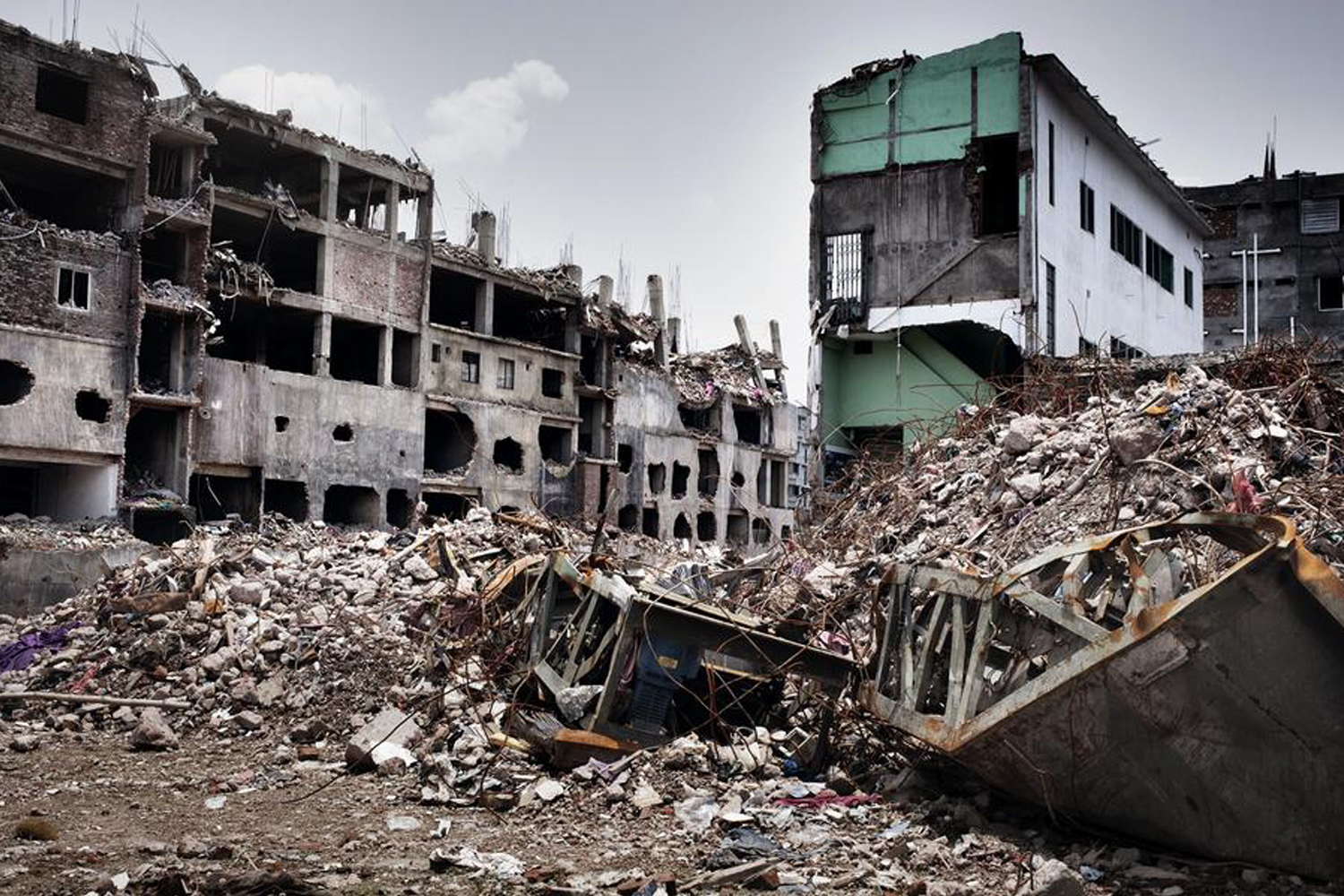Xinjiang, China's western border, is an isolated land surrounded by imposing mountain ranges and vast desert landscapes. The region is characterized by a distinct culture that emanates from its predominantly Muslim inhabitants. Its remoteness has allowed the Chinese government to disguise its "Strike Hard" campaign - a reign of terror on the local Muslim population that has been described as genocide by the United States, Canada and the Netherlands. More than 1.3 million Uyghurs were forced into concentration camps where they were subjected to torture, systematic mass rape and forced labor. This harrowing undertaking is aimed at "breaking their lineage, destroying their roots". The Chinese government benefits financially from this oppression: Xinjiang contributes to an incredible 20% of the world's cotton production, which is mainly harvested by the enslaved Uyghurs.
An unfashionable dilemma
Global fashion houses have been grappling with the difficulties of sourcing cotton from forced labor camps in Xinjiang. A 2020 report by the Australian Strategic Policy Institute (ASPI) revealed that leading European fashion companies were sourcing cotton from Uyghur enslavement. In response to the ensuing outrage, numerous companies publicly vowed to stop using cotton from Xinjiang. However, this provoked a backlash from Chinese consumers who were outraged by the companies' acknowledgement of human rights abuses in Xinjiang. In the face of this backlash, many fashion companies did not honor their ethical commitments to Western audiences. For example, one company openly declared its intention to continue buying cotton from Xinjiang in the face of the Chinese boycott. It is outrageously hypocritical that this decision was made while at the same time claiming to Western consumers that they never source cotton from the region.

The legal fabrics were woven
However, the sourcing of Xinjiang cotton has put fashion companies in an awkward position that goes far beyond the high-profile balancing act between Western and Chinese consumer sentiments. Governments are increasingly using old laws and new regulations to crack down on companies that rely on cotton from Xinjiang. Following the ASPI report, French prosecutors launched investigations into four multinational companies suspected of profiting from crimes against humanity through the use of Uyghur-sourced cotton. On a broader level, the forthcoming EU supply chain law, due to come into force in all EU member states in May 2025, will require medium and large textile companies to comply with strict human rights standards in their supply chains. This legislation means that willful ignorance in relation to cotton sourcing will no longer be a viable option for fashion houses.
Is cotton rotten to the core?
The increasing ethical, legal and PR problems are a good justification for companies to stop relying on cotton from Xinjiang. However, a study by the Centre for Strategic & International Studies found that even companies that boast "ethical" supply chains often inadvertently use cotton from Xinjiang. This is due to convoluted supply chains in which "ethical" and "unethical" cotton are intermingled. Typically, cotton from enslaved and legal sources is blended in Chinese processing plants before being used by manufacturers in countries such as Vietnam and Bangladesh. To avoid escalating legal and PR consequences, companies need to carry out constant verification of origin at every stage of the supply chain.
On the way to an intact supply chain
As the entanglement of ethical, legal and public relations issues intensifies for fashion companies, they need to adopt dynamic compliance software solutions. Implementing a state-of-the-art system that ruthlessly audits every supplier ensures compliance with fluctuating regulations and reinforces ethical obligations. The impact of sourcing tainted cotton is growing inexorably. To ensure that their supply chain is and remains truly clean, the fashion sector must adopt technological innovations that ensure complete monitoring and transparency. Using the right compliance solutions protects a company's reputation, upholds human rights - and ultimately ensures a fairer and more sustainable future for all stakeholders within the global textile supply network.
Stay informed.
We always keep you up to date with news, important information, helpful tips and valuable articles.


%20Definition%20und%20Bedeutung.jpg)
